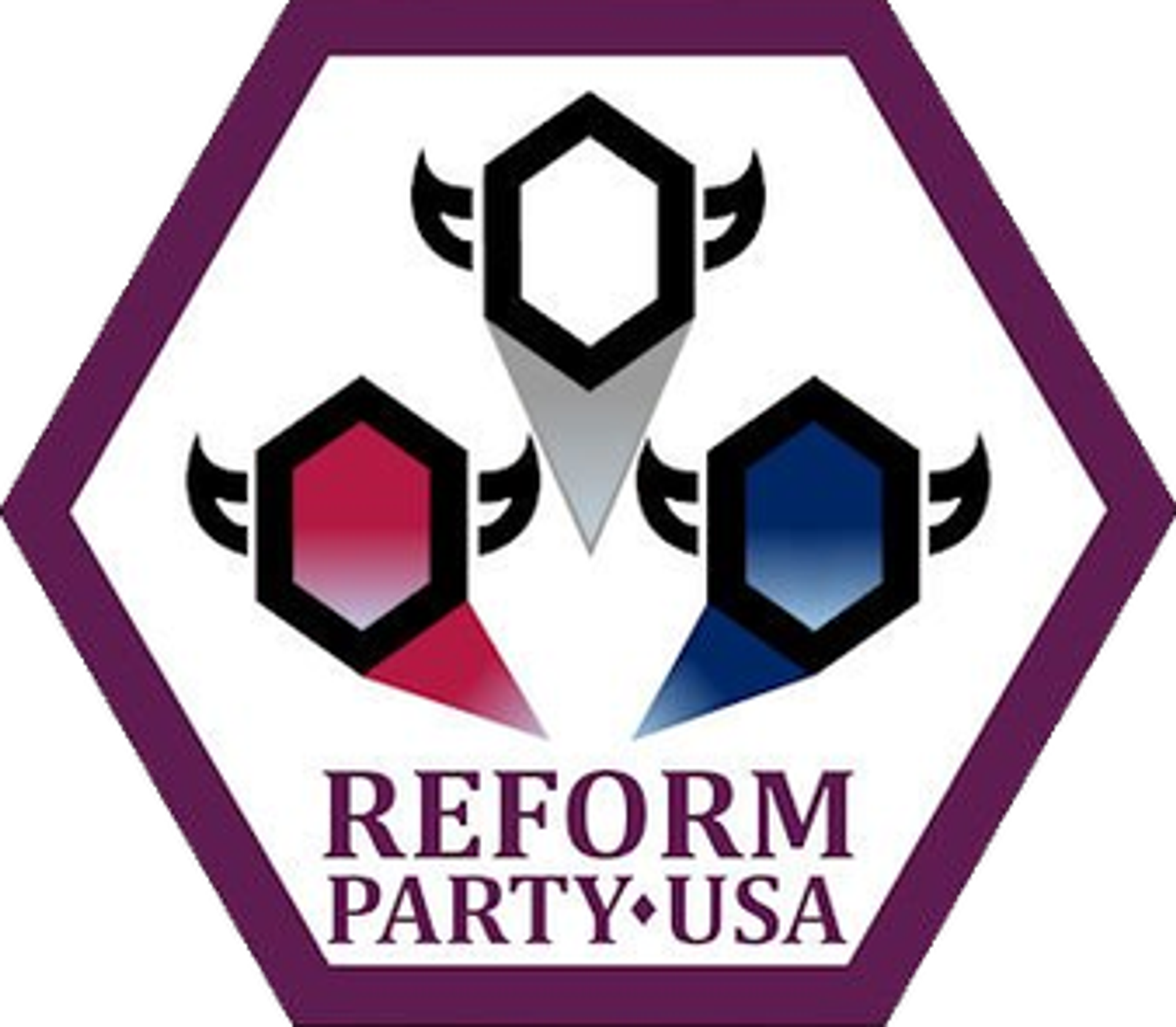
Reform Party of the United States of America
Summary
The perception of the Reform Party of the United States of America is largely negative, particularly as it is tied to Donald Trump's controversial political maneuvers and media portrayals. The party's ideals seem to have faded into obscurity, with its past significance overshadowed by recent events and figures who do not align with its centrist values. Discussions in media highlight a deep division, with criticism aimed at perceived affiliations with extremist ideologies. The party's name is invoked primarily in the context of Trump's past, leading to a perception that it no longer holds a distinct political identity. Overall, it appears that the Reform Party is struggling to find its place in a heavily polarized political environment.
Source Analysis
The analysis across various sources, especially from the Mark Levin Podcast, paints a picture of the Reform Party as increasingly irrelevant. The party is frequently mentioned alongside criticisms of the Democratic Party and figures like Zohran Mamdani, reinforcing a negative perception. Critiques are deeply partisan, with a focus on the failures of the left and a nostalgic longing for the party's previous significance that is no longer present. The media’s portrayal often lacks any constructive dialogue about the party's future or its centrist values, instead using it as a footnote in discussions about Trump and broader political failures.
Trending Topics
The ongoing discussions around political polarization, the influence of Trump's administration, and the rising prominence of leftist ideologies in American politics are significantly impacting the perception of the Reform Party.
Why These Topics Are Trending
These topics are trending due to the heightened political tensions in the U.S., with many sources focusing on how traditional party lines are blurring, making it increasingly difficult for centrist parties like the Reform Party to maintain relevance amidst the chaos.
Sentiment Breakdown:
Detailed breakdown of public sentiment and conversations about this company.
Impact vs Sentiment
See how each entity's high impact percentage relates to their positive sentiment percentage from actual mentions.
